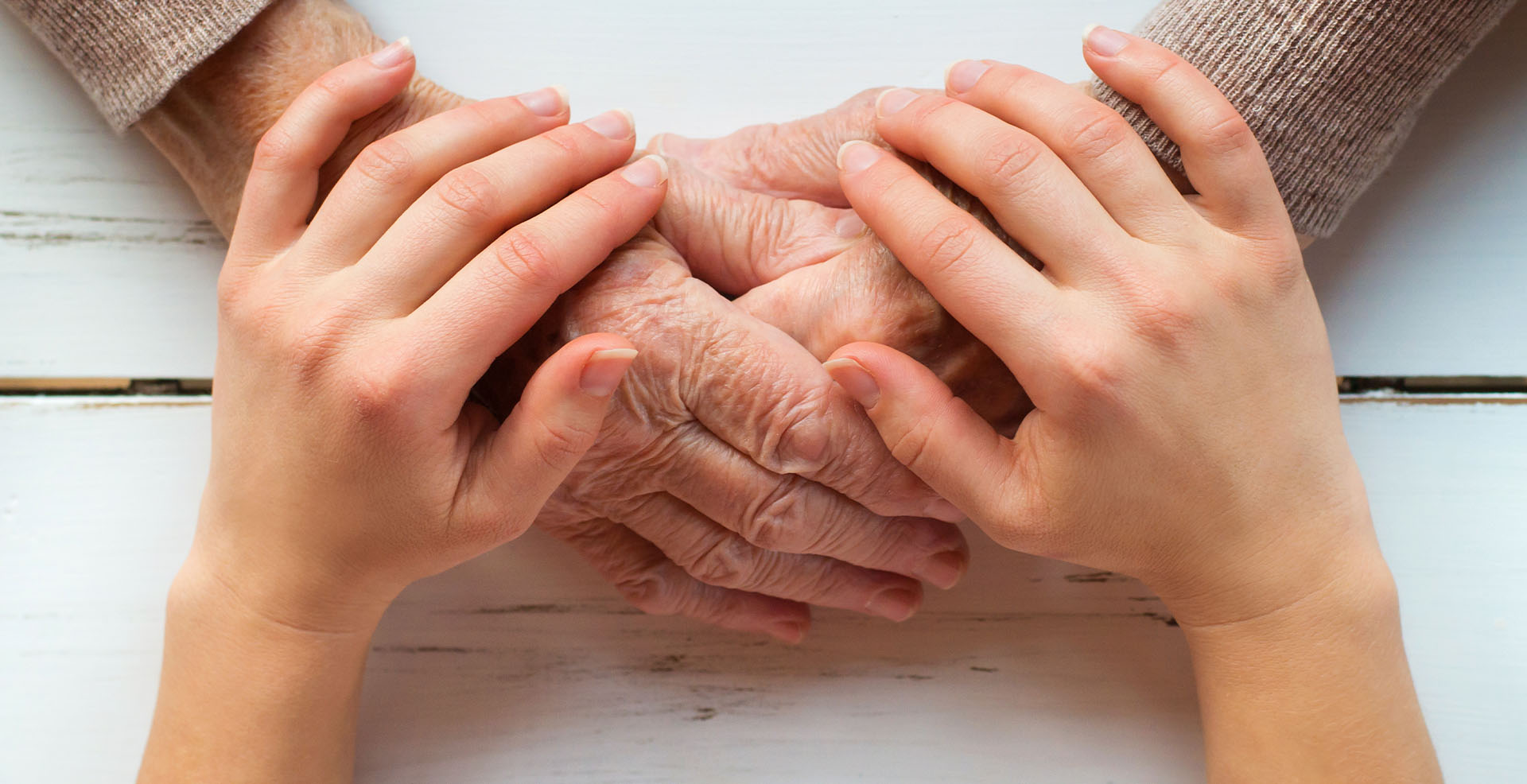Massage Therapy Journal
Massage and Hospice
Learn about working in the most sensitive of environments for massage therapists and clients.
Massage therapy can offer real benefits to an aging population, and hospice and palliative care environments are taking notice.
August 24, 2017

As life expectancy in the United States continues to rise, more and more people are living with chronic often life-limiting—conditions that need to be managed and may involve a wide variety of symptoms, such as pain and anxiety.
As we continue to learn about the very real benefits massage therapy has to offer an aging population, hospice and palliative care environments are starting to take notice.
A 2013 study1 focused on gauging the attitudes of older adults in an inpatient palliative care unit toward integrative care, including massage therapy. A consecutive sample of 33 inpatients ages 61–98 completed a questionnaire identifying preferences for specific integrative techniques. Corresponding questionnaires were also gathered from 10 substitute decision-makers.
Correlational analyses were performed between interest in integrative therapies and demographic variables and clinical status, such as physical and psychological distress.
More than 80 percent of the respondents were interested in trying integrative therapies, with music therapy and massage therapy being the top two preferences. All substitute decision-makers were also interested in having integrative therapies like massage available to their loved ones.
A 2015 report2 examining the most recent national data on the use of massage, music and art therapy in hospice environments took a cross-sectional survey of a random sample of hospices from September 2008 to November 2009.
Of those hospices that responded to the survey, 29 percent reported employing a massage, music or art therapist. Close to 75 percent of those hospices employed a massage therapist, with music and art therapists trailing with 53 percent and 22 percent, respectively.
Additionally, 42 percent of the hospices that employed integrative health professionals like massage therapists expected the therapists to attend interdisciplinary staff meetings, suggesting these therapists played a significant role in the patient’s care.
1. Grief CJ, Grossman D, Rootenberg M, Mah L. “Attitudes of terminally ill older adults toward complementary and alternative medicine therapies.” J Palliat Care. 2013 Winter;29(4):205–9.
2. Dain, A, Bradley, E, Hurzeler, R, Aldridge, M. “Massage, music and art therapy in hospice: results of a national survey.” J Pain Symptom Manage. 2015 June;49(6):1035–1041.